Doctor of Medicine program
Nazarbayev University School of Medicine (NUSOM), which admitted its first group of medical students in August 2015, is being developed in collaboration with the University of Pittsburgh School of Medicine to serve as the academic hub of the Republic of Kazakhstan’s first true integrated academic health system. NUSOM offers the Republic’s first US-style curriculum, which is taught in English by a diverse faculty of clinicians and biomedical scientists recruited from around the globe.
A Brief Description of the Curriculum
Nazarbayev University School of Medicine (NUSOM) offers a four-year curriculum based on the United States model designed to prepare physicians to become the leaders of a new era of medicine and health care in the Republic of Kazakhstan. The NUSOM curriculum emphasizes both the science and the humanity of medicine throughout the students’ four years of study. The carefully designed curriculum structure features active and participatory learning, problem and team-based approaches, an early introduction to the patient and the community, and the integration of a rigorous foundation in basic and clinical biomedical sciences with the behavioral and social aspects of medicine. Key subject matter is longitudinally integrated throughout the curriculum, building upon a foundation of prior learning while providing a progressive introduction of new content.
Scheduled instructional time in the first two years of the curriculum is approximately one-third lectures; one-third small group learning, including demonstrations, problem-solving exercises, and skill-practice sessions; and one third activities, including observation of patient care, laboratory exercises, and high-fidelity simulation experiences. Topics are organized in thematic blocks that are built longitudinally.
The patient focus of the NUSOM curriculum begins on day one of the program with the Introduction to Being a Physician course. Medical interviewing and physical examination courses follow, along with exercises examining the many facets of physician life – at the patient’s bedside, in the community, and in society as a whole. Throughout the first two years, students apply their new skills at National Medical Holding (NMH) hospitals one afternoon per week. The Basic Science block runs through three-fourths of the first year and provides language and concepts that underlie the scientific basis of medical practice. Organ System block courses integrate physiology, pathophysiology, pharmacology, and introduction to medicine, with concurrent courses in the Patient Care and Patient, Physician, and Society blocks. Weekly discussions, patient interviews, and examination of hospitalized patients reinforce essential clinical skills.
The third-year curriculum consists of eight required clerkships designed to optimize the balance between inpatient and out-of-hospital learning opportunities. The fourth year includes an active internship, additional required and elective clerkships, and an integrated life sciences experience that revisits some aspect of basic science after students have several years of clinical experience.




